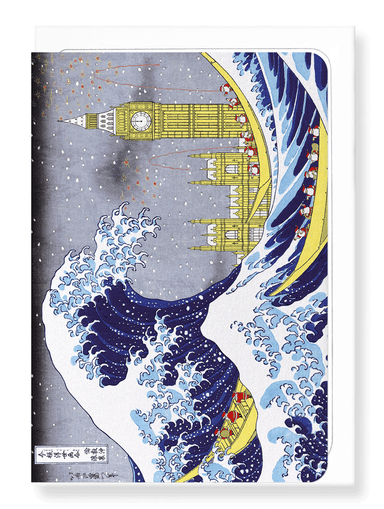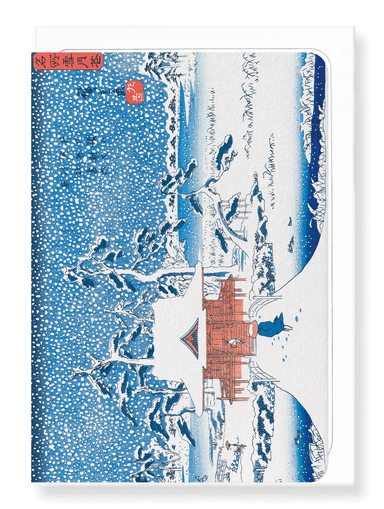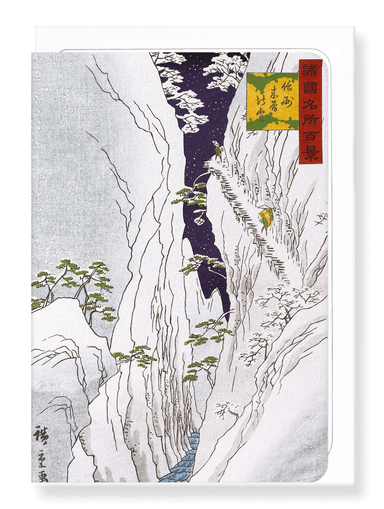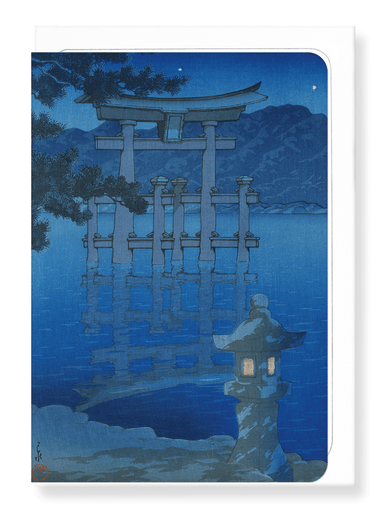Greeting card

NIKKO WATERFALL: Japanese Greeting Card
Login to view pricing
Text on the reverse side: The movement of water contrasted against the solid rocks symbolizes yin and yang- the harmony of life. The drops of water...
View full details



































